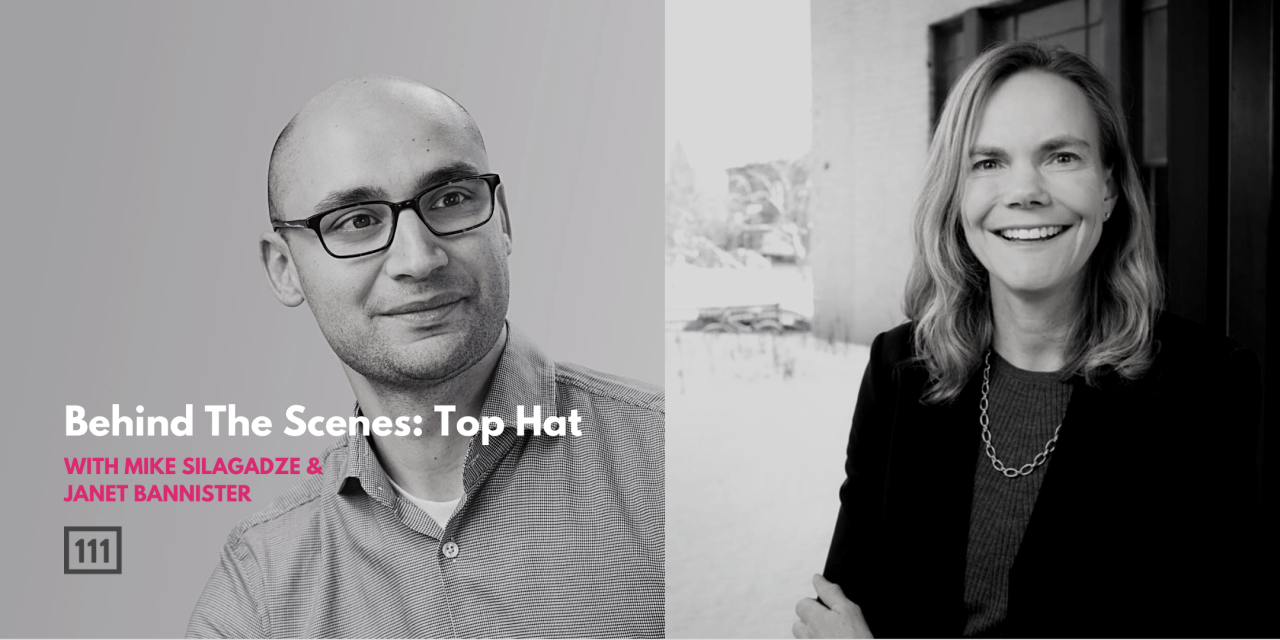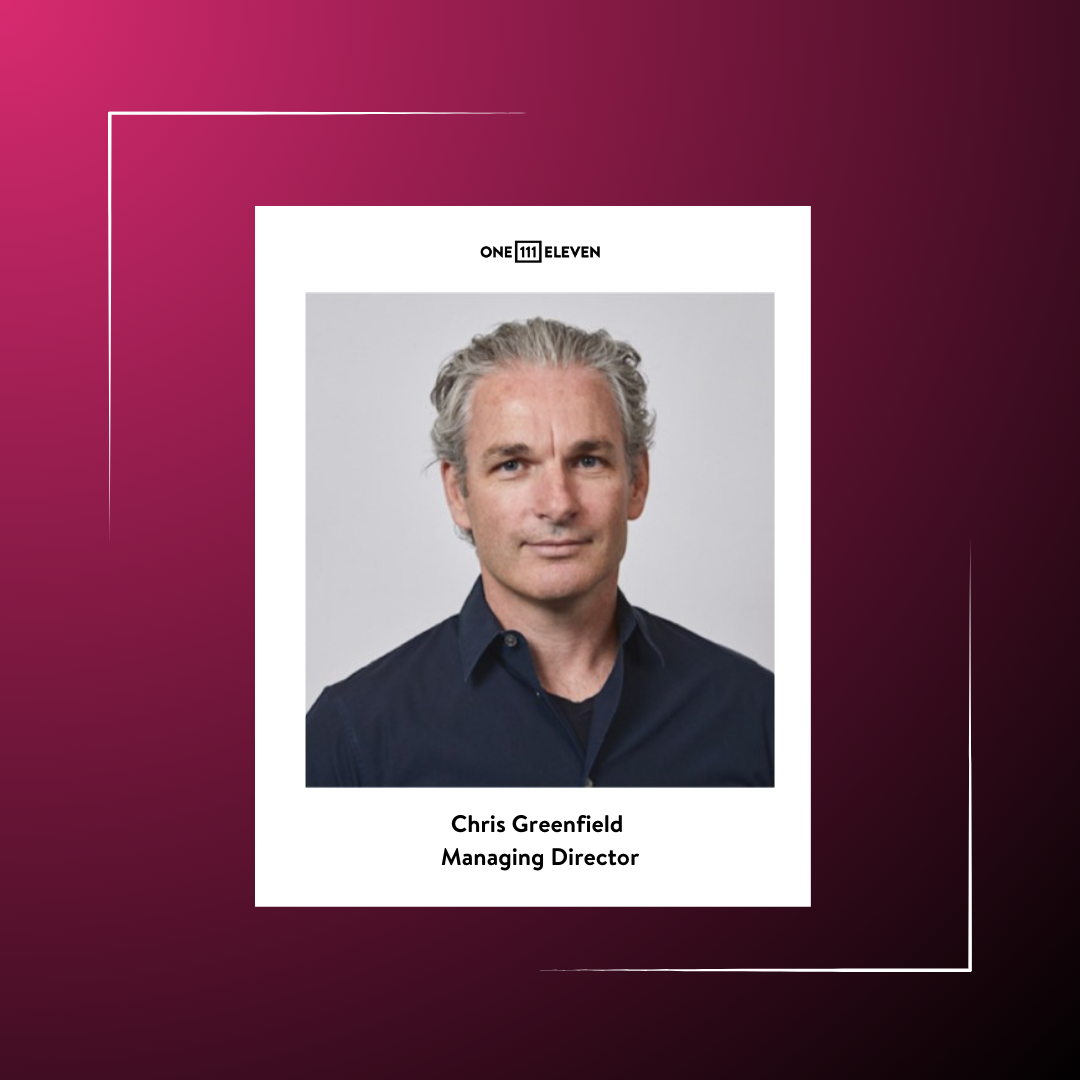At any startup, founders can be eager to get their product in the market. They believe in the potential of their product, but what about their potential customers? Is it better to launch an early MVP and collect feedback, or spend more time on user research up front?
There is no one-size-fits-all answer to this chicken-and-egg question. But Top Hat founder Mike Silagadze knows what worked for his company: Understanding the needs of customers is just as important as building the product itself. Top Hat, now a leading virtual education platform, didn’t build its first real product until it had assessed a certain demand from the educational institutions it was targeting. “We didn’t write a single line of code before talking to dozens of customers,” stated Top Hat founder Mike Silagadze, in an exclusive OneEleven fireside chat led by Real Ventures Managing Partner Janet Bannister. The conversation focused on Mike’s entrepreneurial journey and surfaced a few important lessons for founders looking to grow their business.
Top Hat worked on quick mockups for potential customers, acquired feedback from them, gained actual interest and then went about building the product. That is the advice the founder had for startups in their earliest stage of product development and launch. As founders, you should ensure you are listening intently to your customers, not just before building the product, but also after you’re in the market.
Even with the most rigorous up-front planning, the first version of any product may not hit the mark, and for that you will have to go back to customer feedback in order to continuously improve. As Mike stated, product-market fit is not a destination, it is a journey, and you will have to continue to better your product to meet the changing needs of your customers. The market itself will keep evolving, and your customer will want additional tweaks and upgrades, so it is important that you adapt to their changing needs. Careful how you actually assess customer needs and feedback One thing founders need to realise is that they cannot serve everyone. Taking feedback from everyone and modifying the product for every single need will give you something that does not fall into a specific category, making it impossible to maintain. As founders, you need to understand your specific target market.
“If you are trying to be everything for everybody, you need to put a stop to that and fall into a category,” Mike remarked. “You will find many different kinds of customers who want diverted things.” It is important you identify the customer set that is most relevant to your business in terms of your product fitting their needs. Upgrades and iterating costs money, but venture capital is not the goal in and of itself Raising funds is not as simple as it may sound. “Externally everything looks like a straight line up, internally it’s a lot messier,” the Top Hat founder said. “We Pitched to 60 VCs in series A,” he added.
Even for a business like Top Hat, it has not been a smooth journey to reach where it is today. However, raising a venture round should not be the goal if timing is not right, or if the fit is not there. “You may be able to find the funding but may not be building a business that is right for venture investment.” Venture capital comes with dilution and liquidation preferences, and founders need to assess if they can generate enough growth to support that. There are other options, like debt financing or loan providing services, that may be better fit for some businesses, depending on the situation. Once again, there is no one-size-fits-all solution, and companies must carefully consider what works for their stage of scale and growth plan at any given time.
Key lessons from Top Hat’s founder on launching a new product; raising money
June 22, 2021

Sign up to The Upskiller.
OneEleven is home to Toronto’s most promising technology companies. Stay up to date on who’s joining, who’s raising, who’s making moves and everything that matters in a city and sector that’s built to scale.
Sign up for our newsletter
2023 COPYRIGHT AND TRADEMARK. ONEELEVEN IS AN INITIATIVE LED BY THE ONTARIO CENTRE OF INNOVATION. SUBSIDIARIES AND AFFILIATES. ALL INTELLECTUAL PROPERTY RIGHTS RESERVED.


